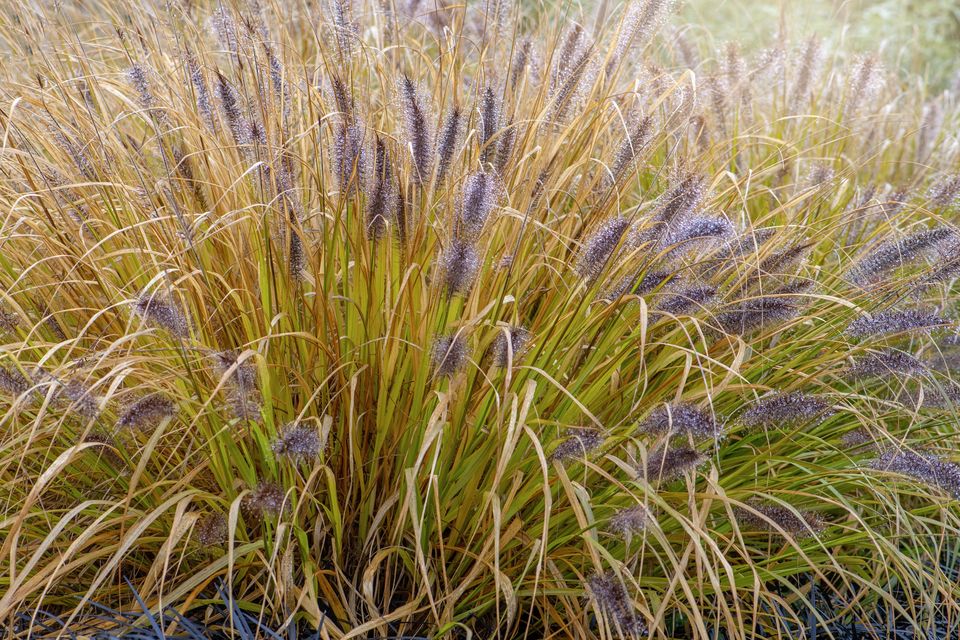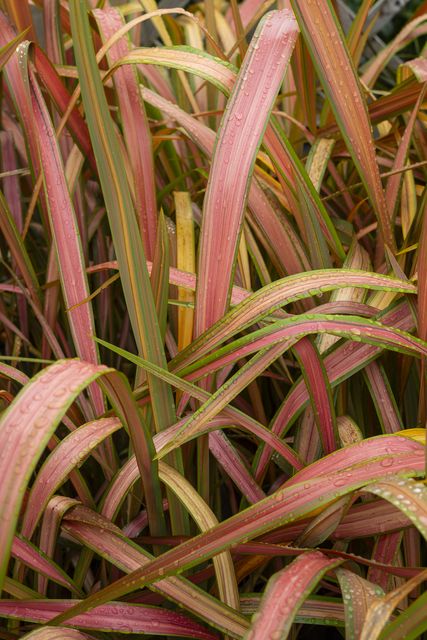Each Wednesday on Pat Kenny’s Newstalk programme, I tell the story behind the creation of a prominent garden somewhere in the world. My aim with these tales is to help us understand the motivations behind various garden styles and who the innovators and perfectors of these types of gardens were. And, as we say goodbye to another summer’s travelling, I’d love to share this week’s story with you. It’s an Italian odyssey.
Nestled in the heart of a town called Tivoli, just outside of Rome, the gardens of the Villa d’Este are not just a marvel of landscape design — they are a testament to the ambitions and rivalries of their creator, Cardinal Ippolito II d’Este.
He set out to tame a hillside using terraces, symmetry, grand waterworks and ancient statues dug up from Hadrian’s famed villa. And he created this gardening masterpiece in large part to make the pope jealous.
A cardinal from the age of 14, Ippolito II d’Este, the son of Lucrezia Borgia and Alfonso I d’Este, Duke of Ferrara, was appointed governor of Tivoli, and transformed the former Benedictine monastery, which had fallen into disrepair, into a luxurious villa.
Construction of the house and gardens began in 1550 and it was completed by 1572. The gardens were designed by Pirro Ligorio, a prominent architect and landscaper of the time, who also worked on St Peter’s Basilica in Rome.
Famous for their terraced layout, the gardens descend from the villa down the hillside, creating a series of wonderful views and interconnected spaces.
The design is the epitome of Italian renaissance garden planning, structured around a central axis, with a series of terraces which cascade down the hillside. Each terrace is connected by staircases, ramps and walkways, creating a sense of progression and movement through the plot.
In order to demonstrate his knowledge, sophistication, importance and appreciation for the classics — key markers of status and education in Renaissance society — d’Este had statues and other ornamentation dug from Hadrian’s Villa, a symbol of Roman imperial grandeur, into his own villa. In doing so, he sought to align himself with the cultural prestige of the ancient world.
Together with Pirro, he developed ideas for an extraordinary use of water. Sourced from the nearby Aniene River, it was ingeniously directed through a series of aqueducts and channels, many of which operate purely by gravity without the need for pumps.
There are over 500 fountains, nymphaea, grottoes, spouts, and water jets throughout. The overall impression is of a visual marvel but one which also contains elements of trickery.
Visitors are often surprised by the unexpected sprouting of water jets. The terrace of 100 fountains is enchanting. Each fountain is carved in the shape of a lily, eagle or obelisk, which symbolises the d’Este family’s power and legacy. And, occasionally, one shoots across pathways, drenching the surprised recipient with a shower!
Water also powers perhaps the garden’s most remarkable feature: the water organ, a fountain that plays music. Hidden within the structure is a sophisticated system of water pipes and air-pressure mechanisms that mimic the sound of an organ. The fountain bursts into music at intervals, creating a surprising and delightful experience.
Beneath the surface beauty of these lush terraces and dazzling fountains is a story of fierce competition, artistic ambition, and the lengths to which one man would go to leave his mark on history. Cardinal d’Este wanted to establish a residence that would rival the grandeur of the papal and noble estates of the time. And it seems he has succeeded in doing just that.
By train, it takes just over an hour from Roma Termini to Tivoli and the Villa D’Este.
Read more
Plant of the week
Pennisetum ‘Black Beauty’
Pennisetum ‘Black Beauty’ Flowering grasses add a golden touch to our late summer gardens and many of the seedheads can look great through winter as well. Pennisetum or fountain grass has distinctive bottlebrush flowers and gently arching foliage. ‘Black Beauty’ has darker flowers, like a squirrel’s fluffy tail, and makes a handsome specimen plant or is beautiful in a naturalistic planting scheme. It’s best divided every few years, and spring is the time for this. Otherwise just remove old foliage in March. Grow in a sunny position.
Reader Q&A
I live in an apartment with a balcony and it’s quite windy here even during the summer. What would be the best plants for me?Susan
Phormium
Balconies are often challenging spaces for plants to grow. Your best bet is to use species that naturally thrive in windy coastal areas — plants which have adapted to windy conditions. These include grasses and sedges, tough-leaved strappy plants like phormium and cordyline, fleshy leaved hebes and houseleeks, and silvery plants with a protective hairy surface such as convolvulus and brachyglottis. Use a soil-based compost that is heavy — this will help keep pots anchored and won’t dry out like peat.
Submit your gardening questions to Diarmuid via his Instagram @diarmuidgavin using the hashtag #weekendgarden

